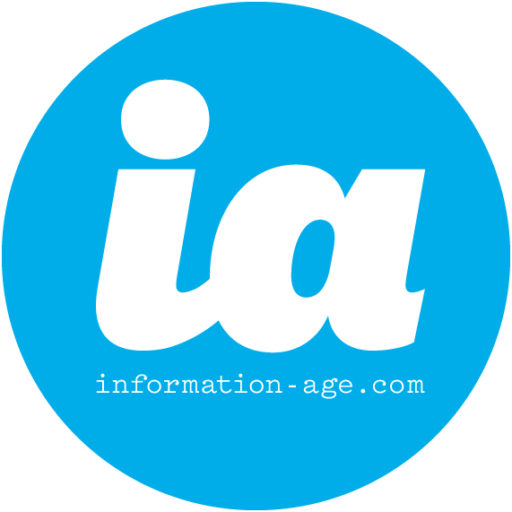The high-end, proprietary server market has been a tightrope walk for years – an area of shrinking prices and margins and weak differentiation. But several factors in recent times have come together to shift many customers’ perception about the value of these backroom engines of modern business– and to shift the fortunes of their suppliers.
The recent financial performance of long-troubled server vendor Sun Microsystems shows that in spades. In late April, the company reported its first six months of profitability, solid cash generation and growth since the dot-com bust – although its revival seems somewhat stuttering.
Net profits of $67 million for the company’s third fiscal quarter ending 1 April compared with a loss of $217 million in the same period of 2006; and cash generated from operations was $175 million. However, behind those numbers were some serious concerns. The quarter’s revenue growth of 3.3% to $3.28 billion was significantly down on the company’s earlier ‘revival’ quarter, when orders for its proprietary, Unix-based SPARC servers and AMD-based x86 industry standard servers were buoyant.
While second quarter sales at Sun’s Computer Systems division grew 14% year-on-year, in the most recent quarter that growth fell back to an anemic 2% – largely due to weak SPARC deal closure. Indeed, the company reported that while its unit shipments of industry standard servers grew 12% to just over 25,000, that represented a rapid deceleration from the growth levels of 20% to 80% it had seen in the preceding year. That slowdown, though, was nothing like the drop off in SPARC system sales, which fell to about 50,000 units in the quarter and caused a 9% overall drop in server unit shipments.
CEO Jonathan Schwartz tried to calm fears that the previous quarter had been a flash in the pan, by blaming an unexpected slackening of order closure in the last few weeks of the quarter, as US and UK customers delayed purchases in anticipation of new product roll-outs. Rather than emphasising server business, as he has done in previous quarters, Schwartz underscored the good performance in the third quarter of Sun’s software (largely Java and Solaris systems software products) and its services units.
While Sun is now predicting some of the deals that slipped in the closing weeks of the third quarter will spill over into this current period, it has scaled back its expectations for the fourth quarter to around $3.8 billion –slightly down or equal to the same period last year.
One item conspicuous by its absence in Sun’s financial news release was any mention of its storage business, an operation largely created through its mid-2005 acquisition of tape and disk storage systems maker Storagetek. While Sun may lay legitimate claim to be the number one in enterprise tape systems – and even the poll position in Unix disk storage system units shipped, it still trails in fifth place in the wider market for disk storage systems
That is very much the stomping ground of storage giant EMC – though it is not the strongest area for the company any more. For its first quarter ending 31 March, the company posted its 15th consecutive quarter of double-digit growth, chalking up a 17% rise in revenues to $2.98 billion. But systems revenue (derived largely from disk storage sales) and accounting for 44% of total first-quarter business, increased just 6%; in contrast, software licence and maintenance revenue, which now represents 40% of total revenue, increased 29%, buoyed by the runaway success of its VMware virtualisation division, and by the rolling in of revenues from its June 2006 acquisition of security software and services company RSA in June 2006. Helped by strong software margins, net income rose to $312.6 million from $272.5 million.
EMC has been quick to highlight the growing demand for information security solutions, emphasising how they fit with the company’s strategy to provide a unified information infrastructure that spans storage, security and content management. Reflecting this view on the market, EMC’s ‘Information Storage’ business, which includes revenue from storage systems, information management and information protection, reached $2.4 billion, representing an 8% increase from the year ago quarter.
Security fix
But EMC is hardly the only company benefiting from the maturing security landscape. Networking security provider Juniper Networks, the Silicon Valley-based gateway security firm Secure Computing and network protection software provider Check Point all posted healthy growth in recent weeks.
The market’s growing emphasis on infrastructural security was again highlighted by Juniper’s first quarter performance when its revenues jumped 11% to $626.9 million. This growth was bolstered by a number of key wins, including deals with the UK’s biggest cable operator Virgin Media and the South African number two in telecoms, Neotel.
Demand for more integrated product suites continues to drive multiple acquisitions in the security market, with mixed results for several players including Internet security companies Check Point and Secure Computing. Both posted inflated revenue growth for their first fiscal quarters for 2007, of 23% and 26% respectively. These obscured, however, a 24% drop in profits for Check Point due to acquisition costs, while Secure Computing posted a $10.6 million loss.










